Professional Process for Asphalt Pavement Installation
How Professionals Do It
GET A FREE ESTIMATE!
About Us
Professional paving
With 30+ years of experience, Ark-La-Tex Paving has provided professional paving and sealcoating services throughout Louisiana. Our decades of experience in the industry mean that we are able to proudly stand behind our workmanship and guarantee your satisfaction. Our experts are licensed, bonded, and insured, and we have made it our mission to provide our customers with quality, on-time, on-budget services. From residential to commercial properties, large to small projects, you can count on our services. Contact us today to get a free, accurate estimate that includes a schedule, pricing, and information on the materials we will use. We’re here for you!
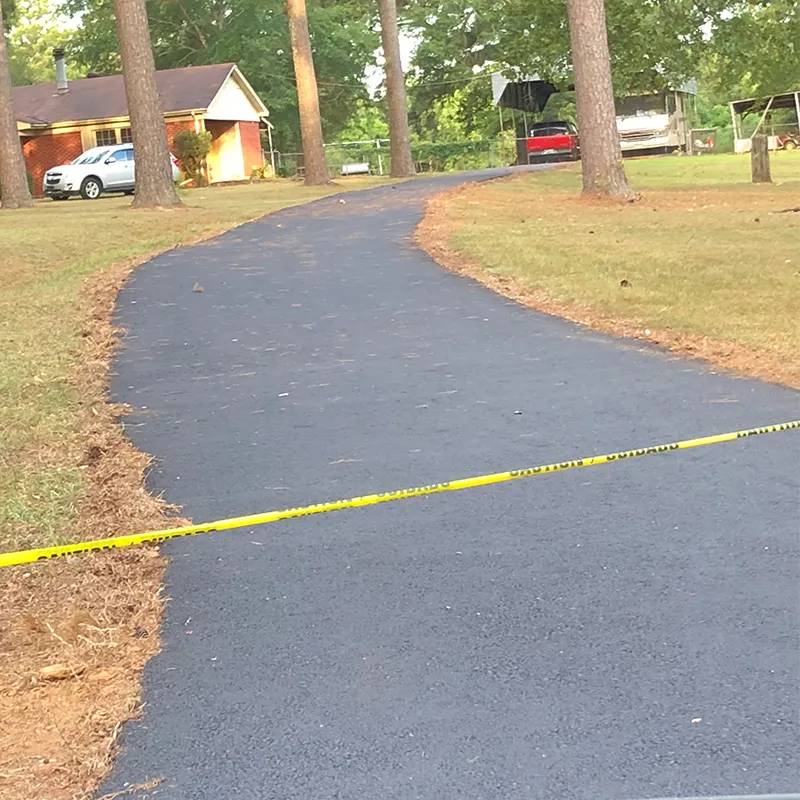
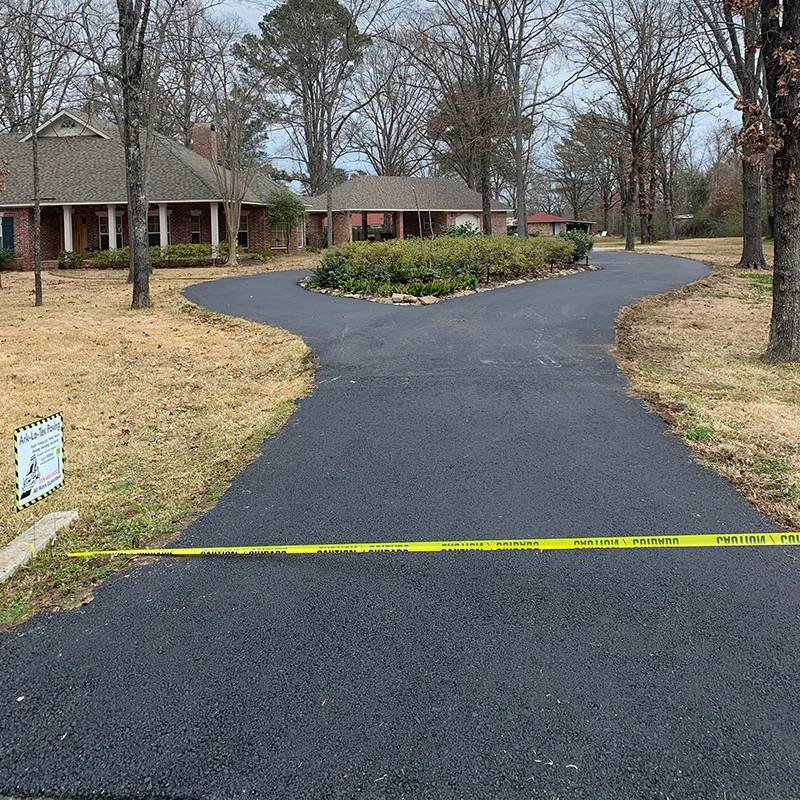
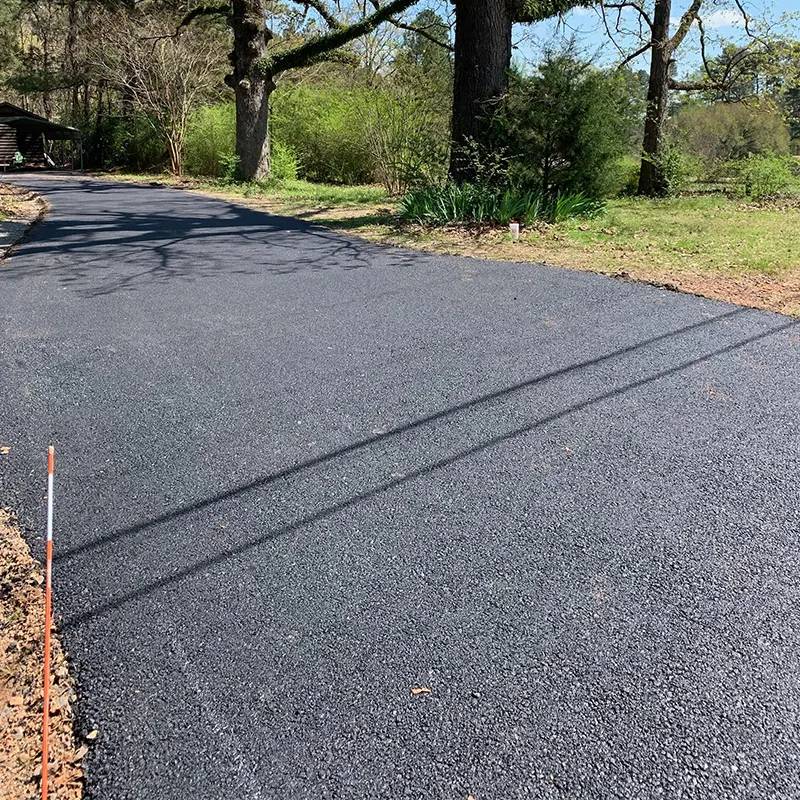
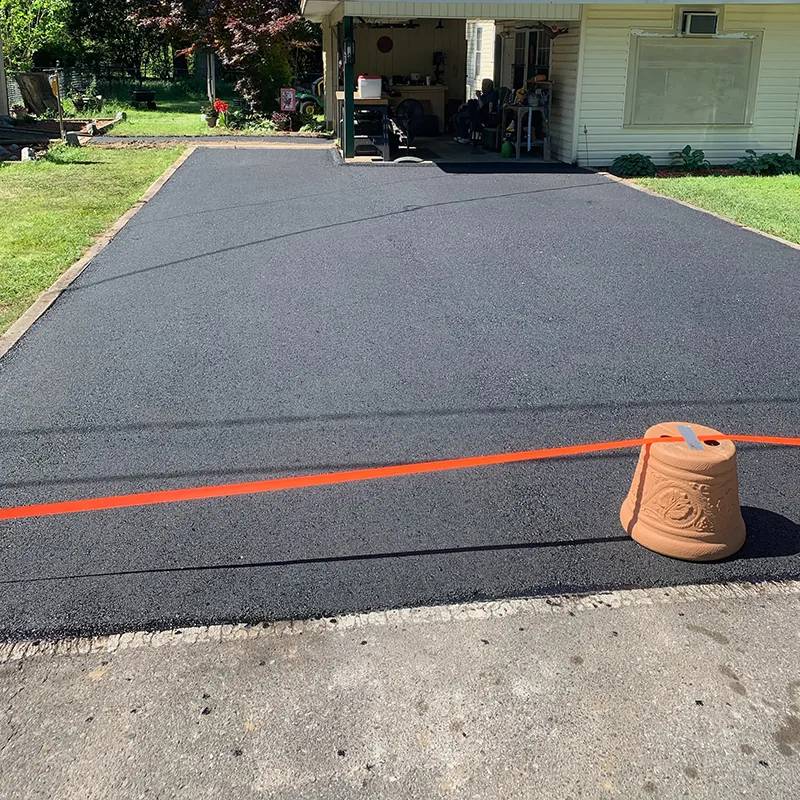
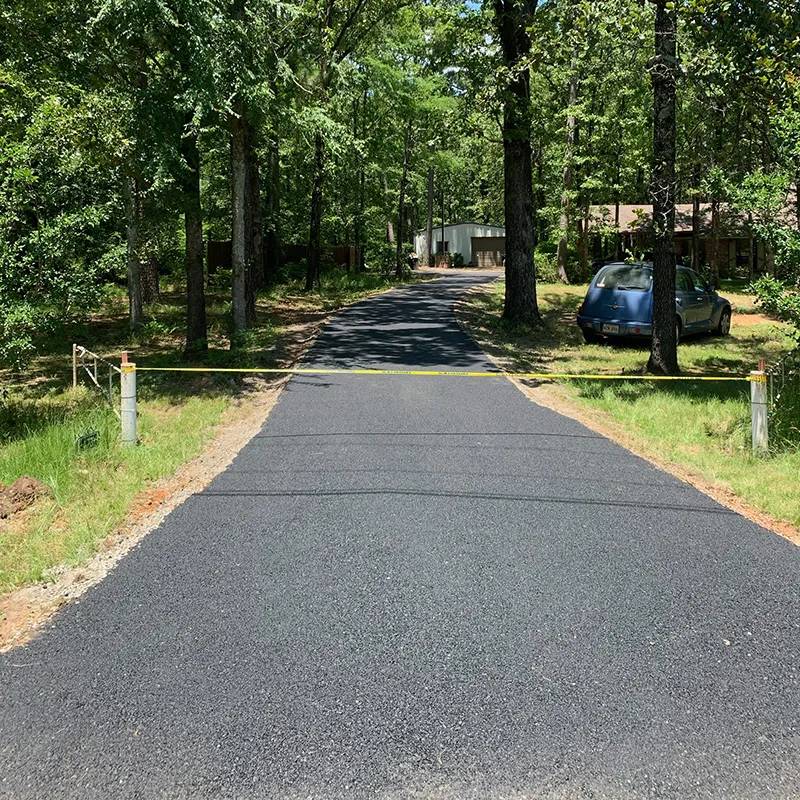
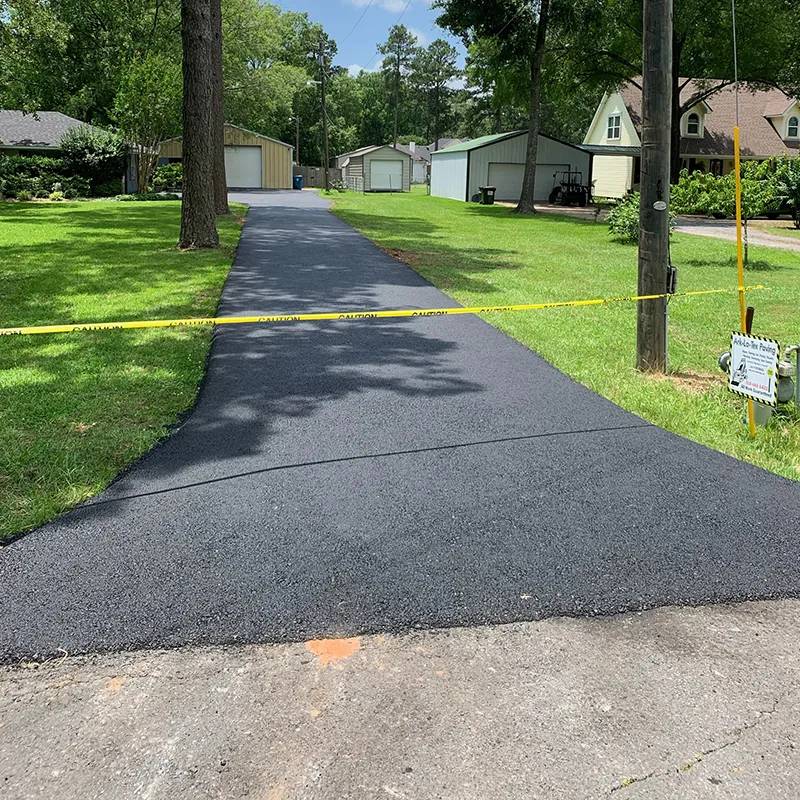
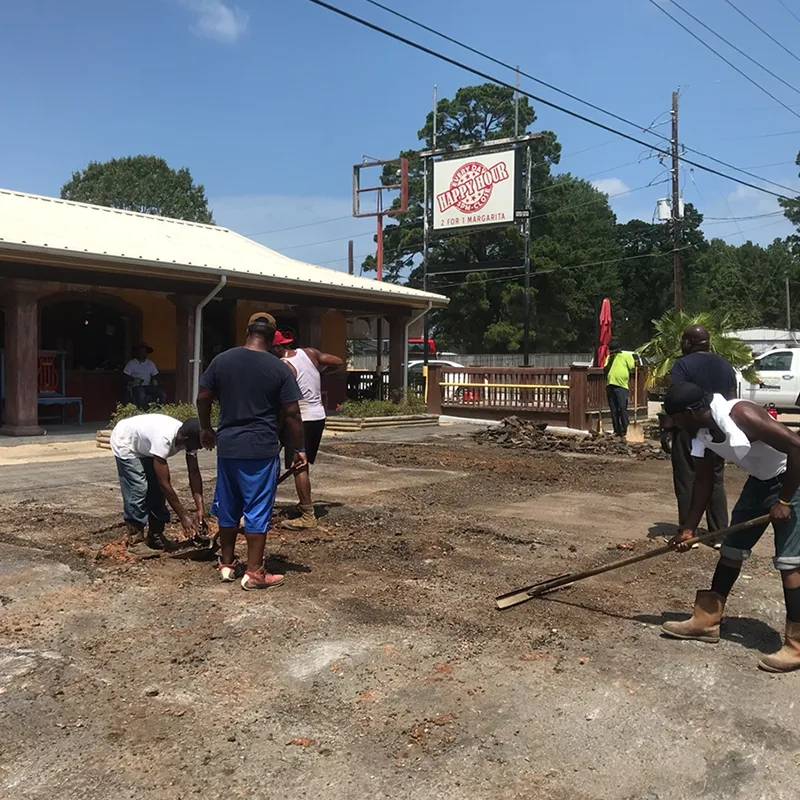
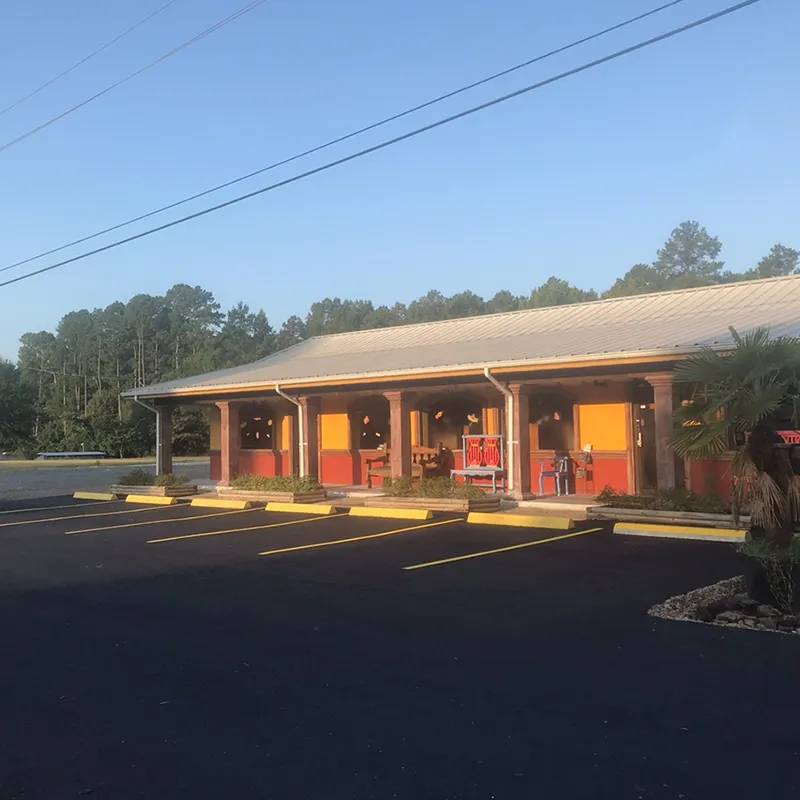
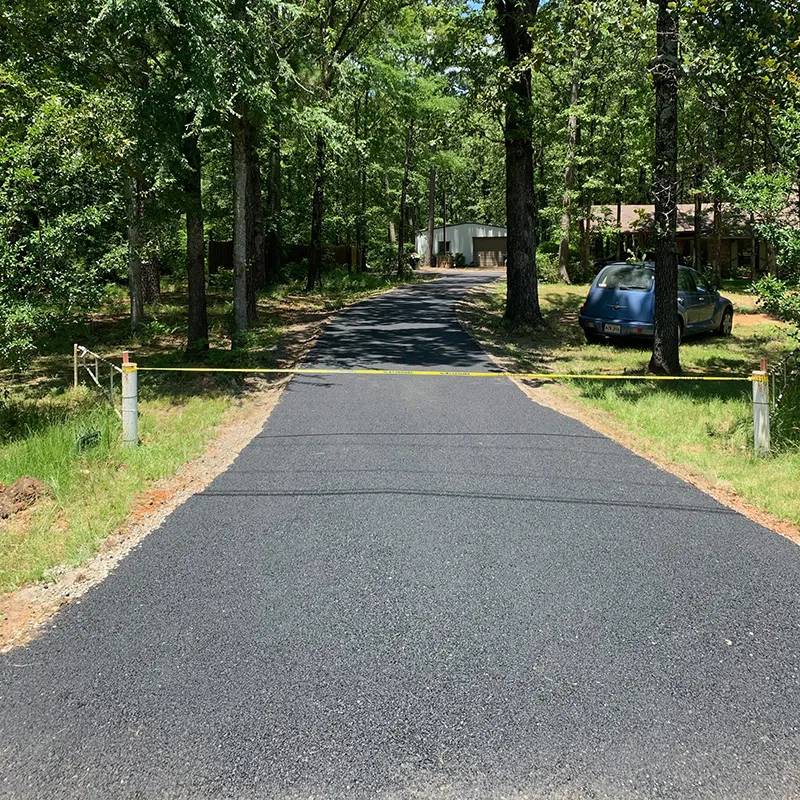
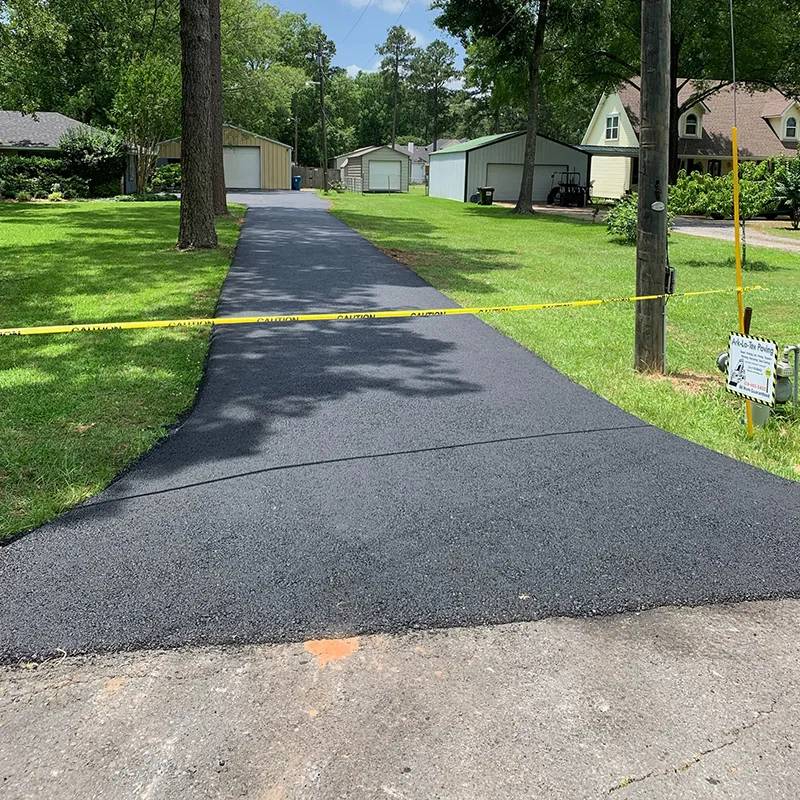
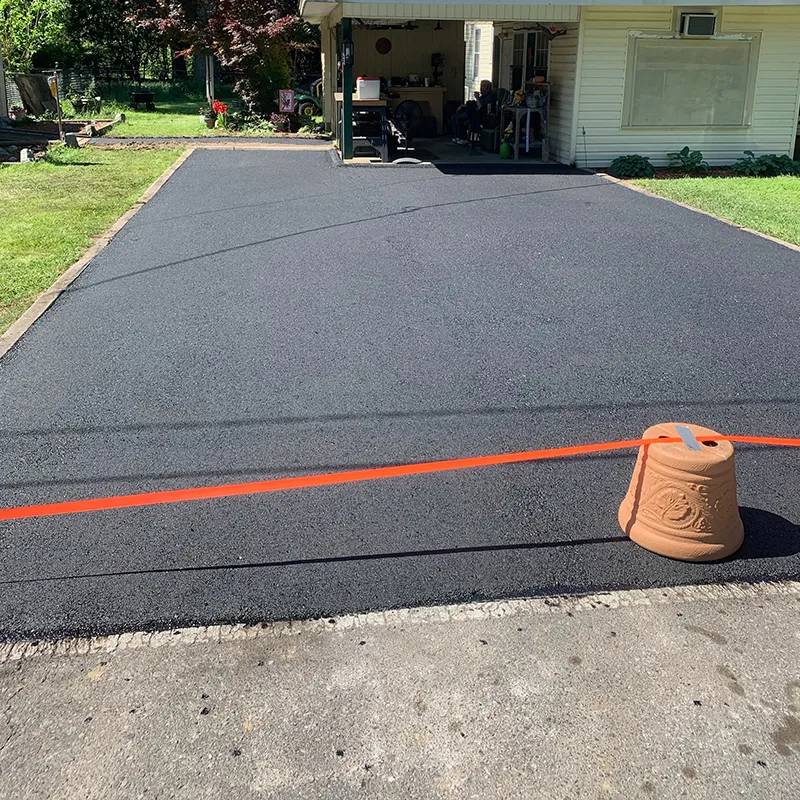
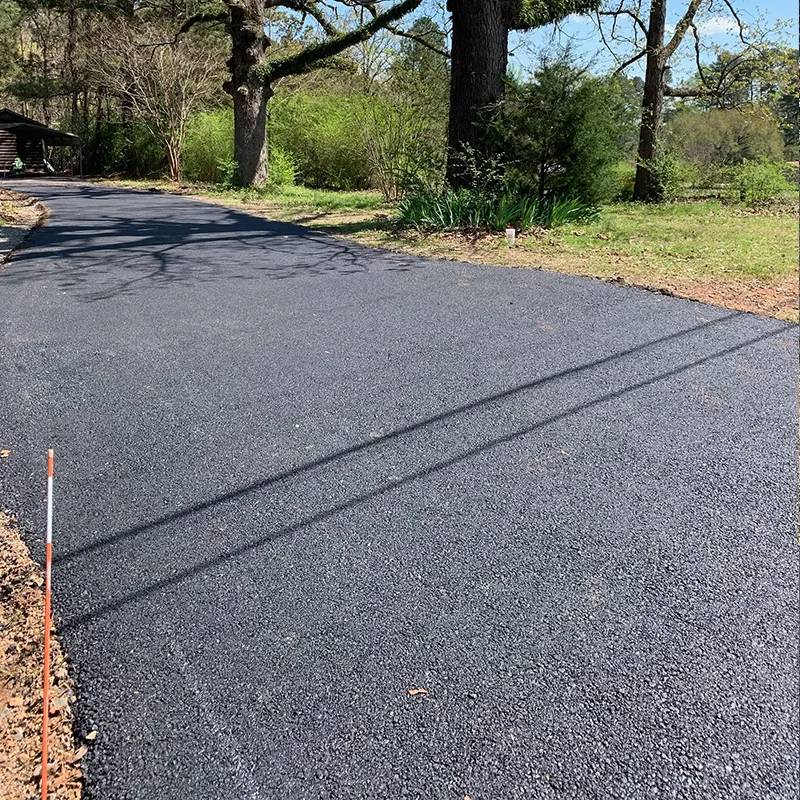
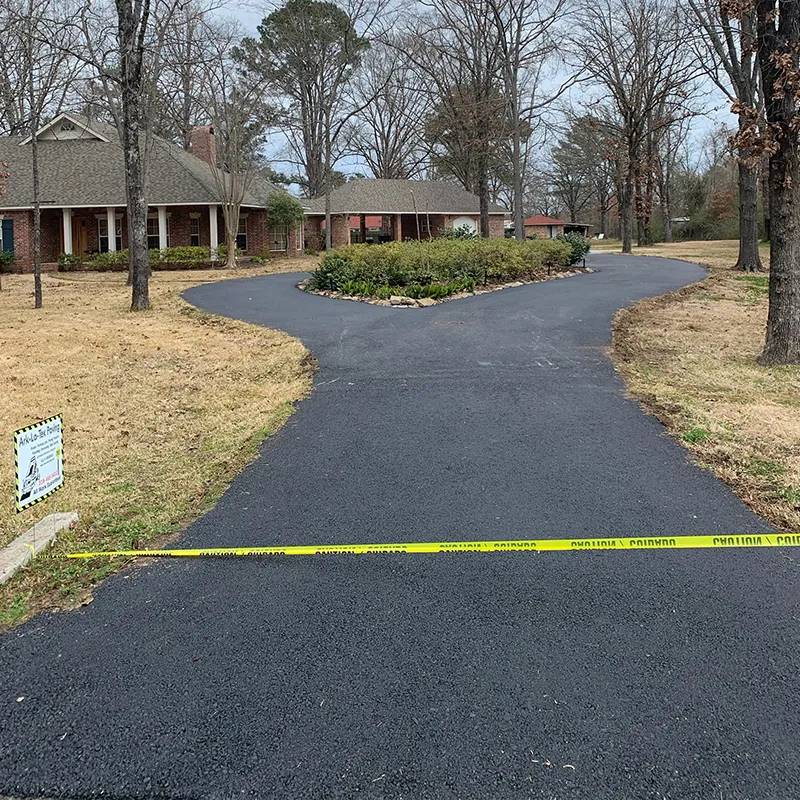
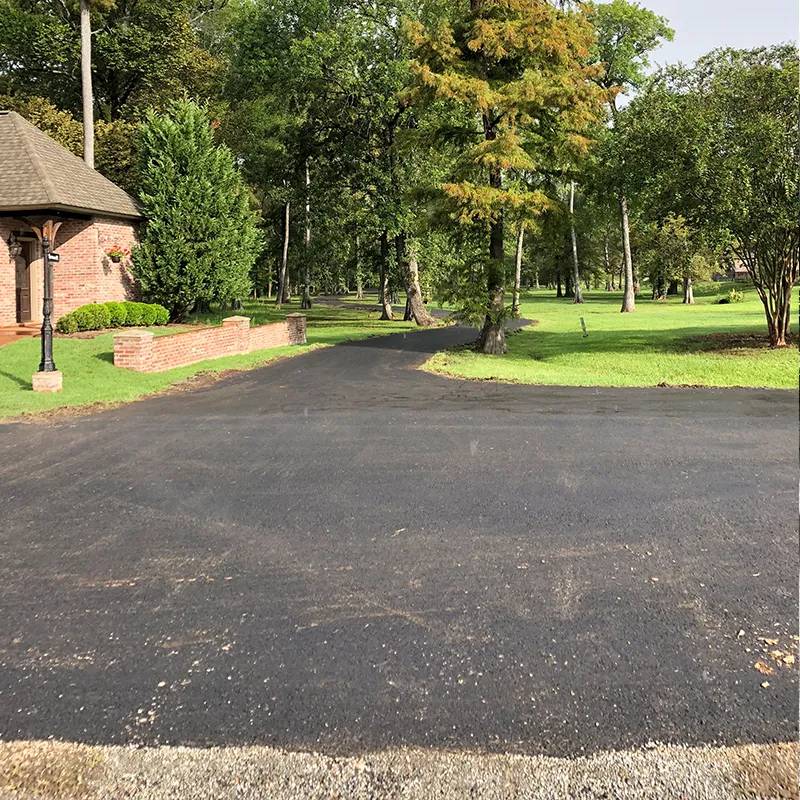
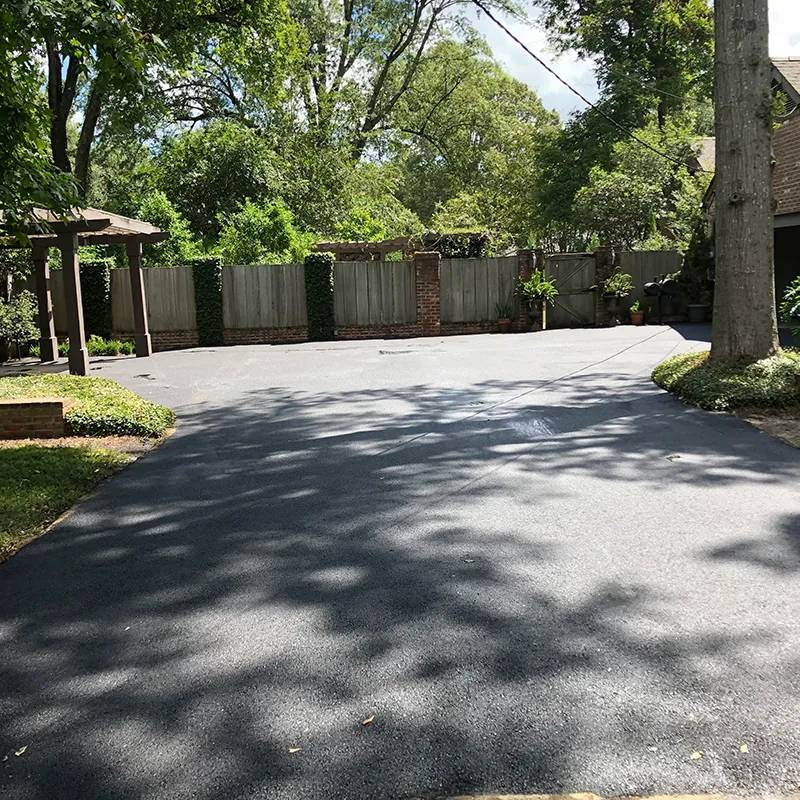
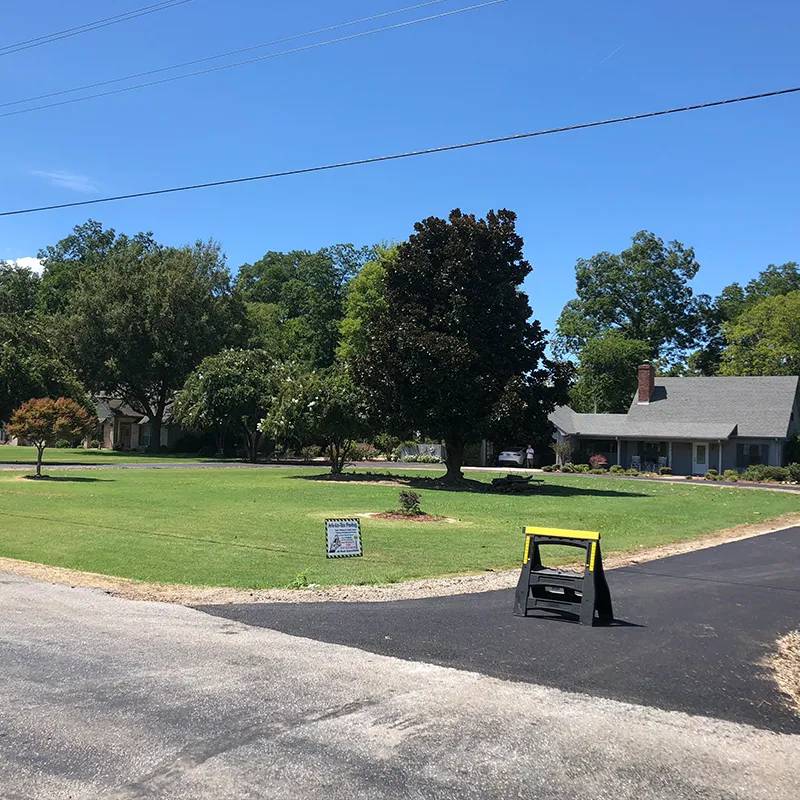
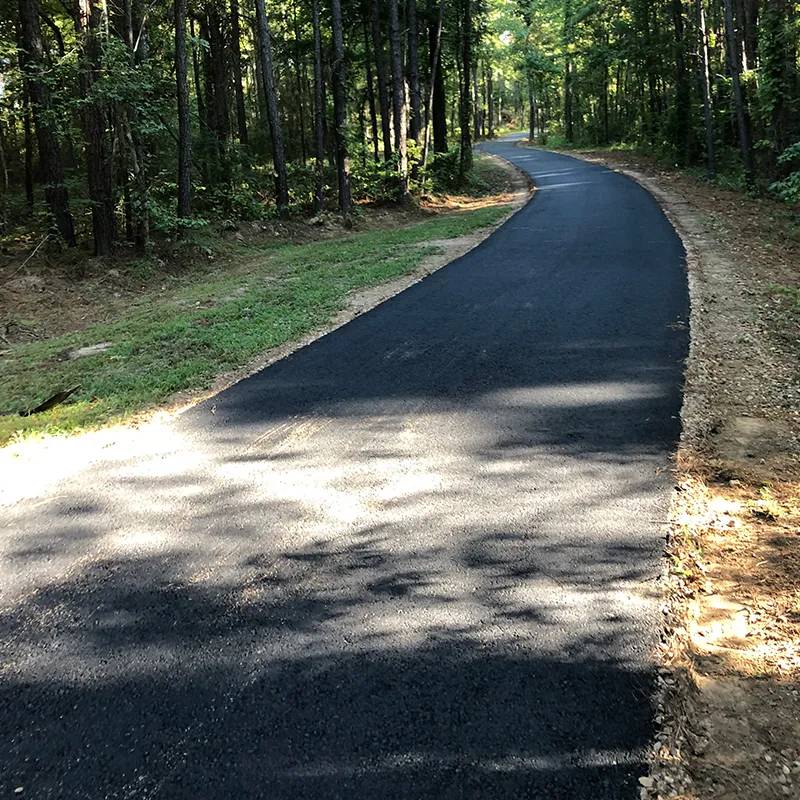
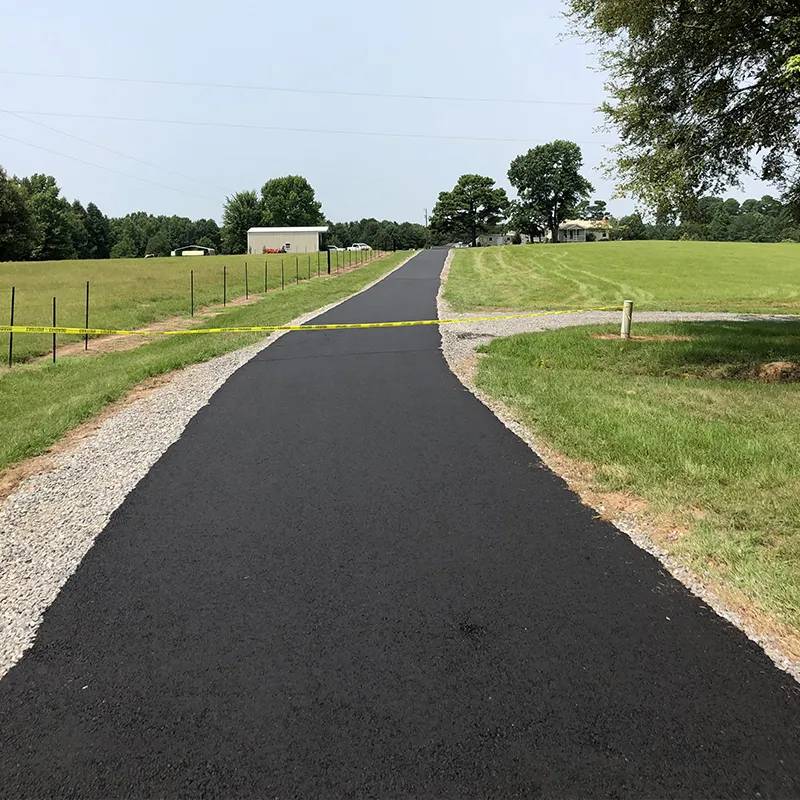
Professional Process for Asphalt Pavement Installation
A lot of people think asphalt pavement installation is easy because they’ve seen people do it before. However, with any type of work in this industry, experience counts for a lot. Another thing to take into consideration is the materials used for paving. The material that’s used for asphalt pavement installation is generally the same; however, the way it’s applied can make a big difference in how well it stands up to different types of weather conditions. Without the proper materials, training, and experience, hiring someone cheaper without prior experience may commit mistakes that could cost you more money in the long run.
How Professionals Do It
Your asphalt project can be overwhelming at times. With so many details, processes, and materials involved, it’s no wonder property owners often find themselves confused. So we thought we’d take the time to provide a little knowledge about what it takes to install asphalt pavement.
You’re going to love this detailed description of how asphalt paving installation works. Ark-LA-Tex is your hometown Shreveport asphalt paving contractor that wants to share its passion with you. From demolition to the smoothest new surface, read here how we do it.
Removal of Old Surface
First things first: if you’re thinking about installing asphalt, you’ll need to remove the existing surface. After that, it’s smooth sailing.
At Ark-La-Tex, we specialize in asphalt paving and removal. We’ve been removing old asphalt for years, and we know exactly how to do it. With on-site heavy machinery, we use small bobcats and forklifts and when necessary, front loaders and large dump trucks to complete the demolition and removal of the old surface. Any debris is then removed from the site including the old asphalt and concrete.
Proper Grading
There’s nothing more frustrating than having to navigate a road that’s rutted or pitted with holes. You can avoid potholes by grading your site before you pave the asphalt. Grading is the process of ensuring that water will run off appropriately, which is vital to your asphalt because water is a major cause of damage, including potholes, cracks, and heaving.
Ark-La-Tex Paving’s asphalt professionals use laser-guided transits and automatic motor graders to grade the surface to be paved. These machines can make incredibly precise measurements and ensure that your site is graded perfectly.
Sub Base Preparation
When it comes to asphalt pavement installation, the sub base is what you can’t see, but are thankful for. As the most important part of the new surface, it provides a stable base to support the new asphalt and a frost barrier to help reduce damage from freezing and thawing. If the sub base is not properly compacted, then your new asphalt surface won’t last.
Proof Roll
When it comes to paving, one of the key factors in a quality job is the strength of the underlying surface. The process begins with Ark-LA-Tex Paving’s sub grading and compaction. This ensures a firm foundation for new asphalt, but there’s still one more step before laying down the asphalt itself.
Ark-LA-Tex Paving also takes an extra precautionary step, called a proof roll, that gives us in-depth knowledge about the underlying surface.
The proof roll is conducted by driving a dump truck loaded with 72,000 pounds over every inch of the proposed asphalt surface. The dump truck moves row by row at a steady pace, making sure that each section is equally weighted. If any part of the underlying surface does not pass this test, it means that it couldn’t support vehicular traffic—a serious safety concern.
To avoid these risks, we use our proof roll as a way of learning more about any weak points in the base material and repairing them accordingly. Not only does this give us peace of mind when we know we’ve done everything we can to ensure smooth sailing—it also helps us save costs throughout our projects.
Undercutting or Sub Base Repair (If Necessary)
If the proof roll finds soft areas in the sub base, Ark-La-Tex Paving makes the necessary repairs in compromised areas to ensure the entire sub base is supportive.
The key to this process is making sure that there aren’t any soft spots in the sub base—if there are any weak points, it could lead to cracks or other dangerous problems later. Ark-LA-Tex Paving makes sure to identify any issues during its initial inspection and fix them before putting down any new asphalt.
There are several options for repair:
Undercutting – Involves digging out all the weak material and replacing it with a fresh base material.
Geo-grid – Involves cutting just 16 inches below ground level and putting down a grid structure.
Plowing – Involves mixing the weak material into fresh aggregate to improve its strength.
Binder and Surface Layering
Asphalt has a reputation for being a tough, durable material, and this is reflected in the process of installing it. The second and third layers of asphalt pavement are typically applied using the same technique, but with slightly different materials.
The second layer is called the surface course and is made up of larger aggregate than the sub base. The aggregate used in this layer is called “crusher run,” which is leftover from when large rocks are broken down into smaller rocks or pebbles. Crush runs are typically between two and six inches in diameter, and that’s about how big the holes in them are too. The purpose of adding larger aggregate to the surface course is to improve drainage on the road and make sure that there are no soft spots where water can pool.
The final layer that’s added to an asphalt surface before it’s ready for use is called a binder course. It uses large amounts of granulated oil (called binder) along with the crushed rock aggregate that was used in the previous layer. Binders have been found to be an excellent way to keep surfaces stable while they are set up and dry, as well as after they have been installed and are in active use.
New Asphalt Surface Installation
Working with asphalt is the most complex and time-consuming of the seven steps in this process, but it’s also the most rewarding. After all, who doesn’t like driving on the smooth and shiny blacktop? The asphalt itself is made up of small pebbles called aggregate-the kind you might find in a gravel driveway. To that, oil is added to harden and strengthen the mixture. Next, some sand has to be mixed in to help the newly paved area bond with the existing road. And finally, a few additional ingredients are added to protect against water damage and ice build-up.
A lot of thought goes into mixing the perfect batch of fresh asphalt because if you get it wrong, the final product won’t be as smooth or as durable as it could have been. That’s why so many experts are involved in the process of laying down new asphalt; it takes all their combined experience and knowledge to make sure that when you drive down that street or highway, you’re actually enjoying a smoother ride than if they had not gotten it right.
Blending the Old With the New
If you’re laying asphalt, you’re likely paving over something: an old driveway, a parking lot, or a sidewalk, for example. To make the new surface connect seamlessly with the old one, you’ll need to lay what’s called a “butt joint.”
Butt joints are areas where old asphalt or concrete meets new asphalt pavement. These transitional areas require special attention to ensure that the grading and water run-off are appropriate.
The Final Roll
The final step to completing your new asphalt paving project is to install the final layer. This layer, known as the “final roll” is a thin layer of new asphalt that is laid over the entire driveway or parking lot to smooth out any imperfections. The final roll is essential for creating a smooth surface and giving the new pavement its final texture.
After the final roll, your contractor will use a roller truck to compact and smooth the entire pavement surface. This ensures all of the stones and pebbles are smoothed over and creates a uniform appearance for your new asphalt surface.
Professional Asphalt Pavement Installation Services in Shreveport
Ark-La-Tex Paving has the experience, know-how, and commitment to quality that you’re looking for in a paving service provider. We have more than 30 years of experience completing paving, sealing, and crack filling projects throughout Louisiana. We put our customers’ needs first—we strive to provide them with quality workmanship and guarantee their satisfaction.
Our experts are licensed, bonded, and insured, and we offer 24/7 emergency services to make sure that your needs are always met. To learn more about the paving services we offer or to schedule an estimate, contact us today!
